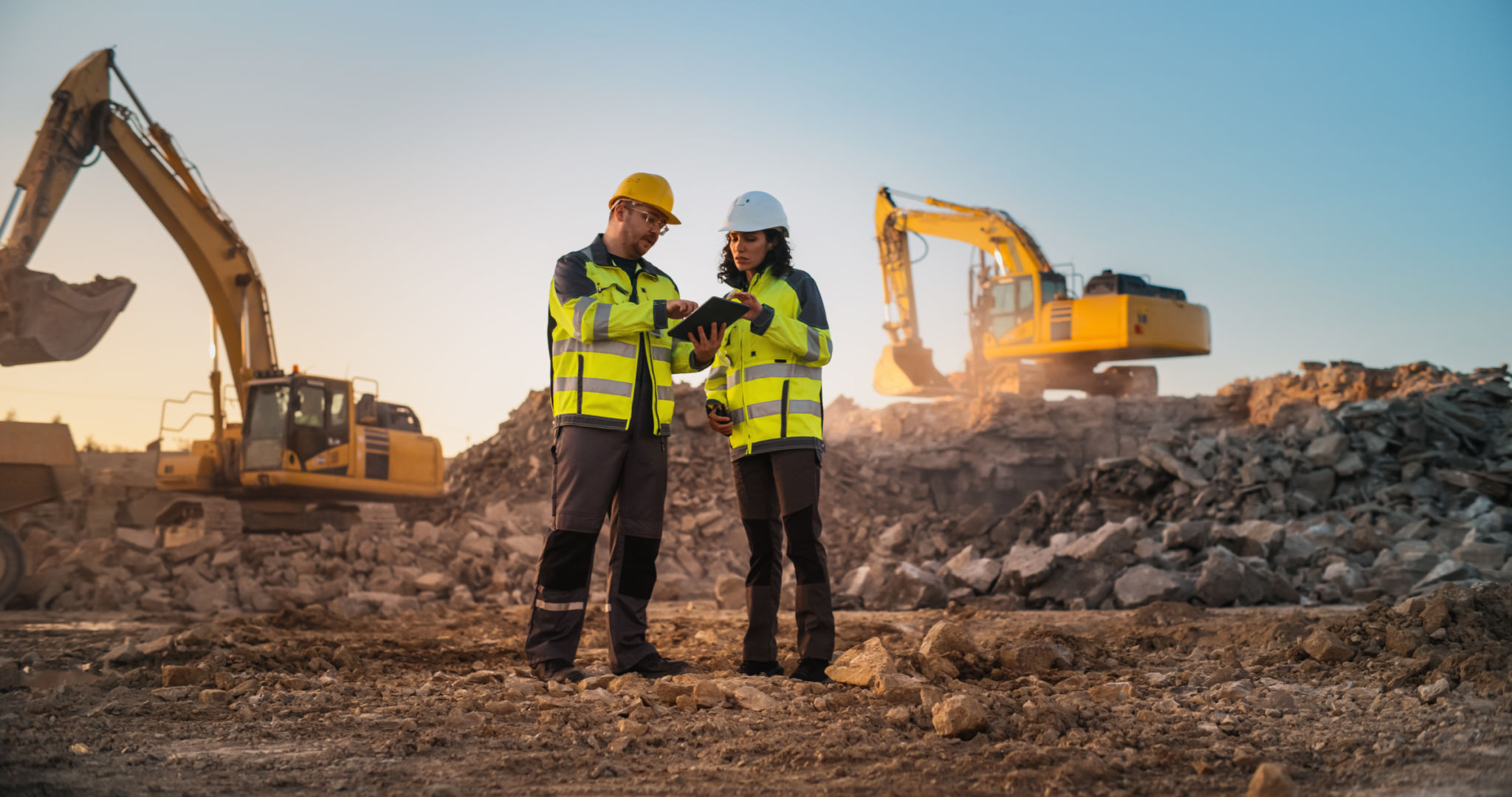A Comprehensive Guide to Safe Scaffolding Systems in Australia
SM
Introduction to Scaffolding Systems
Scaffolding systems are essential in construction and maintenance projects, providing workers with a safe and stable platform to perform their tasks at various heights. In Australia, stringent safety regulations govern the use of scaffolding to ensure worker safety and prevent accidents. Whether you're a construction manager, worker, or simply interested in understanding these systems, this guide offers a comprehensive overview of safe scaffolding practices.

Understanding the Types of Scaffolding
Scaffolding comes in various types, each designed for specific applications and environments. The most common types include:
- Supported Scaffolding: This is the most widely used type and consists of platforms supported by rigid frames or poles.
- Suspended Scaffolding: Platforms are suspended by ropes or other non-rigid means from an overhead structure.
- Rolling Scaffolding: Supported scaffolds mounted on wheels or casters, allowing for easy movement.
Each type has its own set of safety guidelines and best practices. It's crucial to choose the right type for your specific project needs.
Regulations and Standards in Australia
In Australia, scaffolding is subject to strict regulations under the Work Health and Safety (WHS) framework. The main goal is to prevent accidents and ensure safe working conditions. Key standards include:
- AS/NZS 1576: This standard outlines the requirements for scaffolding design and construction.
- AS/NZS 4576: This provides guidelines for the safe use and maintenance of scaffolding.
Compliance with these standards is mandatory, and regular inspections are required to maintain safety on-site.

Safety Measures and Best Practices
Implementing proper safety measures is critical when working with scaffolding systems. Here are some best practices to follow:
- Regular Inspections: Conduct routine checks before use to ensure all components are in good condition.
- Training: Ensure all workers are adequately trained in scaffolding erection, dismantling, and working at heights.
- Load Management: Avoid overloading the scaffold by adhering to weight limits specified by the manufacturer.
Additionally, always ensure that scaffolds are erected on a solid base and are fully braced to prevent tipping or collapse.
The Role of Technology in Scaffolding Safety
The advent of technology has significantly enhanced scaffolding safety. Digital tools now enable better planning and management of scaffolding systems. Software solutions can simulate scaffold designs, helping identify potential risks before erection. Moreover, IoT devices can monitor scaffold integrity in real-time, alerting supervisors about any structural issues immediately.

Choosing the Right Scaffolding System for Your Project
Selecting the appropriate scaffolding system depends on several factors, including the nature of the project, height requirements, and site conditions. Consulting with a professional scaffolding provider can help ensure you choose a system that meets all safety standards while providing the necessary functionality. Cost considerations should also factor into your decision-making process, balancing budget constraints with safety needs.
The Importance of Continuous Education
Staying updated with the latest safety regulations, technologies, and best practices is crucial for anyone involved in construction work involving scaffolding. Continuous education programs and workshops can help keep workers informed about new developments in the industry, reducing the likelihood of accidents and ensuring a culture of safety on every job site.
In conclusion, safe scaffolding systems are a cornerstone of any successful construction project. By understanding the types of scaffolding available, adhering to Australian regulations, implementing effective safety measures, leveraging technology, and investing in continuous education, you can ensure a safer environment for all workers involved.
